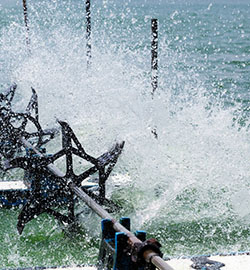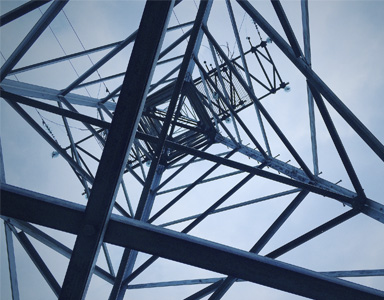Sydney, June 18, 2025 – Enel X has launched the first virtual power plant under the NSW Government’s Electricity Infrastructure Roadmap, providing extra capacity to the grid without the need for costly additional infrastructure.
The project, underwritten by the State Government, provides capacity at peak times to help the state avoid blackouts and keep prices down.
Major users such as factories are paid to use less energy for short periods to incentivise their participation. It is a fast, reliable and low-cost solution to fill shortfalls in energy supply.
NSW Minister for Climate Change and Energy Penny Sharpe said the launch of the virtual power plant (VPP) was a landmark for the state’s energy security.
“The launch of these virtual power plants in NSW marks a major milestone in the state’s clean energy transformation that utilises demand response as a valuable tool,” Minister Sharpe said.
“The Minns Labor Government congratulates Enel X on the launch of this innovative resource, that will help keep the lights on and put downward pressure on energy prices for homes and businesses across NSW.”
Enel X Australia Country Manager Carl Hutchinson said he was honoured Enel X was the only company selected by the State Government for a VPP service in this tender.
“We’re proud to deliver the latest tool for the state to protect homes and businesses from blackouts and high prices during periods of peak demand,” Mr Hutchinson said.
“This isn’t just a win for the grid, it’s a win for NSW businesses that are stepping up to play a critical role in keeping our grid secure while earning revenue for doing so.
“There is no time to waste in the transition to renewables; the VPP harnesses flexible demand, supporting the state's shift to clean flexible supply, creating a smarter, more secure system.
“We value the support of our partners Air Liquide, Americold, DigiCo, Sydney Water and Visy, to name a few, as forward-thinking organisations playing a critical role in the sustainability of our energy system.”
Virtual power plants, or VPPs, provide the same benefit as conventional power plants, but take pressure off the grid by utilising flexibility in demand, contracting with energy users to reduce their demand occasionally when the grid needs support.
When businesses are orchestrated to reduce load at the same time via the VPP, the effect on the grid is like bringing a power plant online.
The VPP provides firming capacity as part of the NSW Government’s Electricity Infrastructure Roadmap, which is the bipartisan plan to transform the NSW electricity sector into one that is clean, affordable and reliable.
The VPP, supported by a Long-Term Energy Service Agreement (LTESA), will also assist the state in meeting the NSW Energy Security Target.
The LTESA was awarded to Enel X in 2023 after a competitive tender process for firming infrastructure that considered a range of technology and battery solutions to increase reliability by firming the state’s renewable energy generation into the future.
Enel X’s demand response solution was chosen as a low-cost and efficient way to firm renewables, alongside three large-scale batteries.
Businesses such as manufacturers, food producers, universities, data centres, steel and aluminium producers participate in the VPP by agreeing to adjust energy use only a few times a year when the grid needs it most.
This broad-based effort strengthens community energy resilience while allowing businesses to earn revenue with minimal operational impact, putting downward pressure on electricity prices for all consumers.
Mr Hutchinson added: “It’s a model we can roll out across Australia, because we can’t afford to overbuild costly infrastructure that we might only use a few times a year.
“This highly competitive tender proves that demand response is a cost-effective solution to meet the challenge of reducing the likelihood of blackouts and reducing costs for all energy users.”









